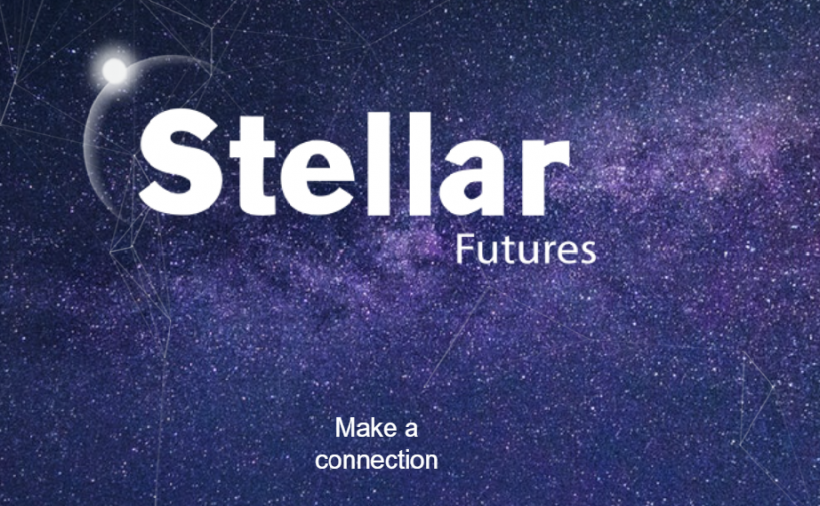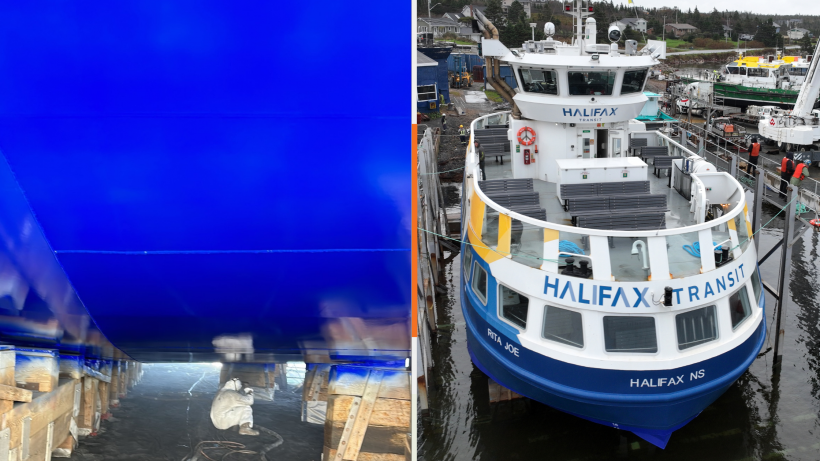Canada’s Ocean Supercluster on Thursday announced four new research projects worth $3.5 million, with a special focus on the use of mixed-reality technologies like augmented reality, or AR, and virtual reality.
The Atlantic Canada-based group, which supports innovation, sustainability and equity in Canada’s ocean economy, issued a series of press releases announcing the news. More than half the funding will go to a marine virtual funding project led by groups in Newfoundland and Labrador. The other projects address such tasks as using AR in navigation and fish farm monitoring.
The Ocean Supercluster is one of five Canadian innovation “superclusters”, which bring together government, business and academia to create international centres of excellence in specific technologies. In announcing the five winners in 2018, the federal government committed to spending $918 million through the superclusters over five years, and other partners (mainly private companies) aim to match that with $1.09 billion in spending.
The four projects are:
Marine Safety Training Online
Value: More than $1.8 million
OSC Contribution Almost $700,000
Project Lead St. John’s-based Virtual Marine
Project partners Survival Systems Training Limited and Memorial University
This project aims to accelerate the use of mixed-reality in safety across marine industries. Companies in these industries like virtual training because it is cheaper and safer than training at sea. The funding for this project will help the partners build desktop simulators, develop software, and organize online digital content used in such training.
“MSTOnline will provide continuous access to training and allow marine workers to acquire and retain needed safety skills,” said Virtual Marine CEO and President Randy Billard in a statement. “The outcomes of this project will ultimately create a safer and more confident workforce.”
BridgeVue
Value: More than $420,000
OSC Contribution Almost $170,000
Project Lead St. John’s-based Engage Creative Technologies
Project partners Mitacs, the Fisheries and Marine Institute of Memorial University, Petroleum Research Newfoundland and Labrador, Rutter, and Robot Interactive + Marketing
The goal of the BridgeVue project is to use emerging technologies like AR to enhance marine navigations.
By viewing radar data through an AR headset, crews can impose mission critical information on an extended field of vision even when visibility is near zero, increasing their situational awareness and improving safety.
“Our world is on the verge of a digital revolution as emerging technologies become a more significant part of everyday life,” said Engage Creative Technologies President Aaron Dawe. “At Engage, we want to be a first mover in adopting these emerging technologies to solve real-world problems. By blending mixed-reality technology with marine navigation systems, we believe our BridgeVue application will enhance situational awareness in harsh marine environments, and ultimately allow for faster, better, and safer decision-making.”
HydroSpark
Value: More than $850,000
OSC Contribution Almost $400,000
Project Lead Fredericton-based Kognitiv Spark and St. John’s- and Halifax-based Kraken Robotics
Project partners University of New Brunswick and New Brunswick Community College
The partners in the HydroSpark project will be using emerging mixed-reality technologies, such as VR and AR, to improve communication in subsea operations. By improving the visualization of ocean environments, they can improve the collaboration in such tasks as training, mission planning and other operations.
They will blend mixed-reality tech with Internet of Things innovations and sonar systems to help users in the defence and commercial ocean sectors.
“By using mixed reality to explore subsea data in new ways, divers, ROV pilots and subsea workers can essentially walk on the seabed and examine points of interest to more intuitively understand their tasks before they conduct them,” said Kognitiv Spark CEO Yan Simard.
Real-time Bubble Diffuser Aeration Entrainment Monitor Project
Value: Almost $500,000
OSC Contribution Almost $325,000
Project Lead Victoria, B.C-based ASL Environmental Sciences.
Project partner MOWI Canada West
ASL and MOWI are working on a monitor that will help ensure that bubble aeration systems in finfish aquaculture pens are effective. Bubble systems are used to combat harmful algae blooms, increase oxygen levels and lower surface water temperatures. This project aims to help aquaculture companies reduce greenhouse gas emissions and fish mortality.
“Our collaboration with MOWI Canada and the support of Ocean Supercluster is helping us transition from an Oil and Gas market,” said ASL Chief Executive René Chave. “The Aeration Monitor project will provide us a new environmental monitoring technology stream and a potential world-wide market.”








